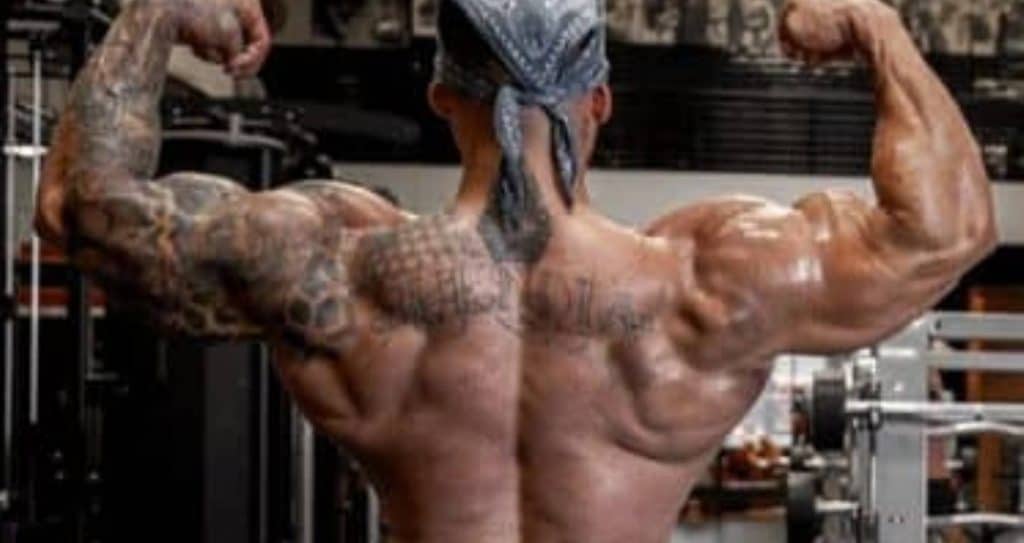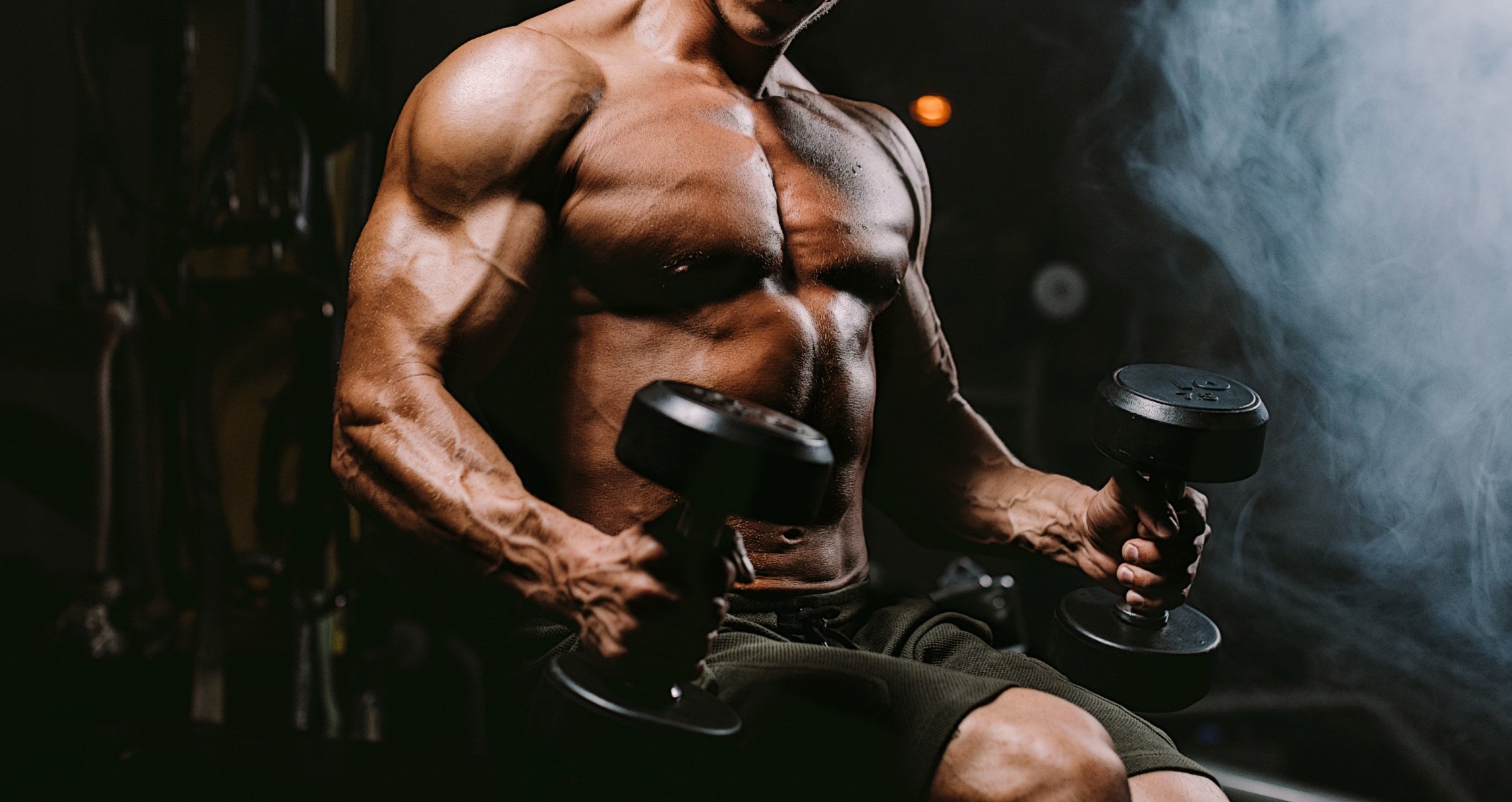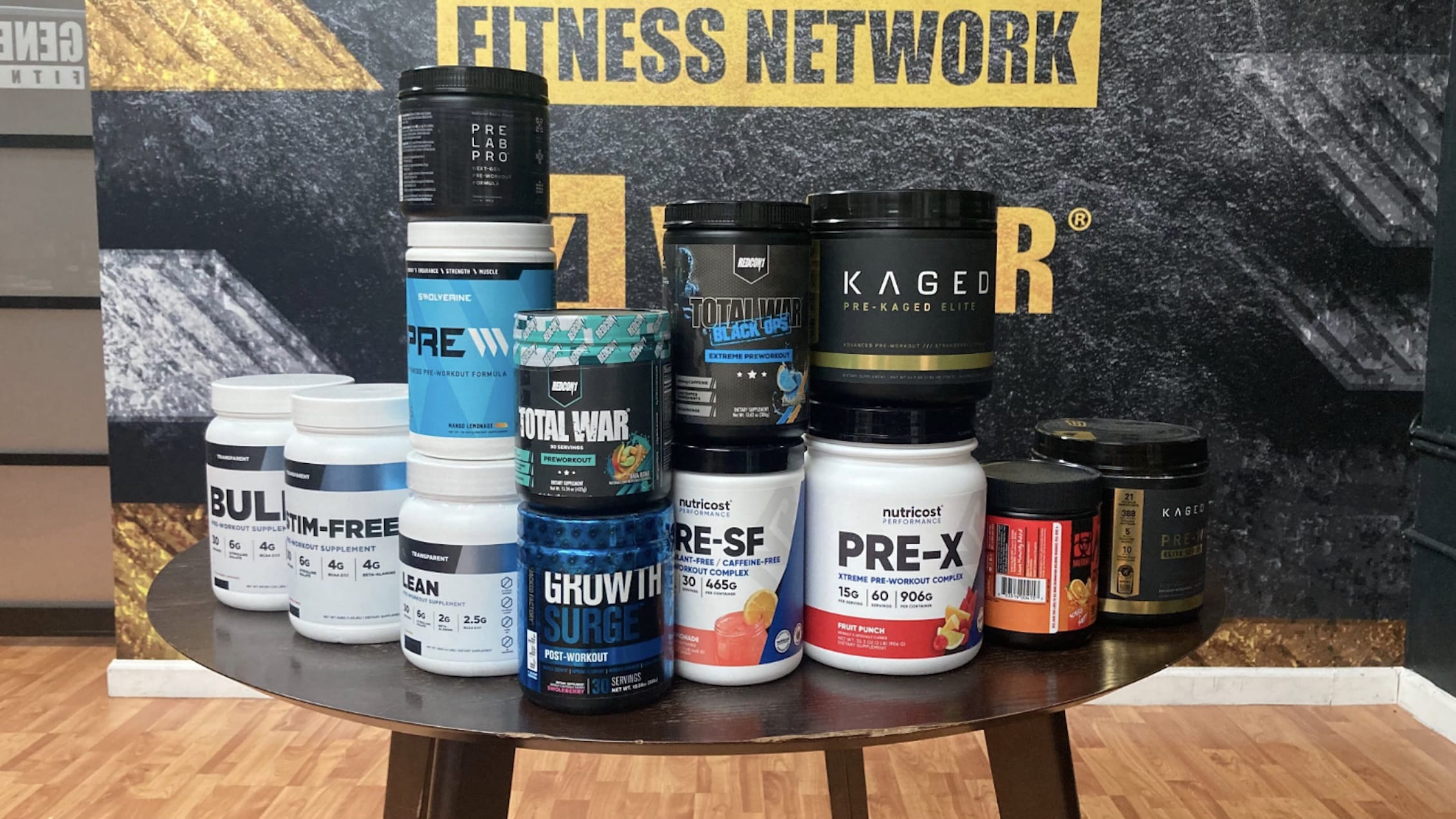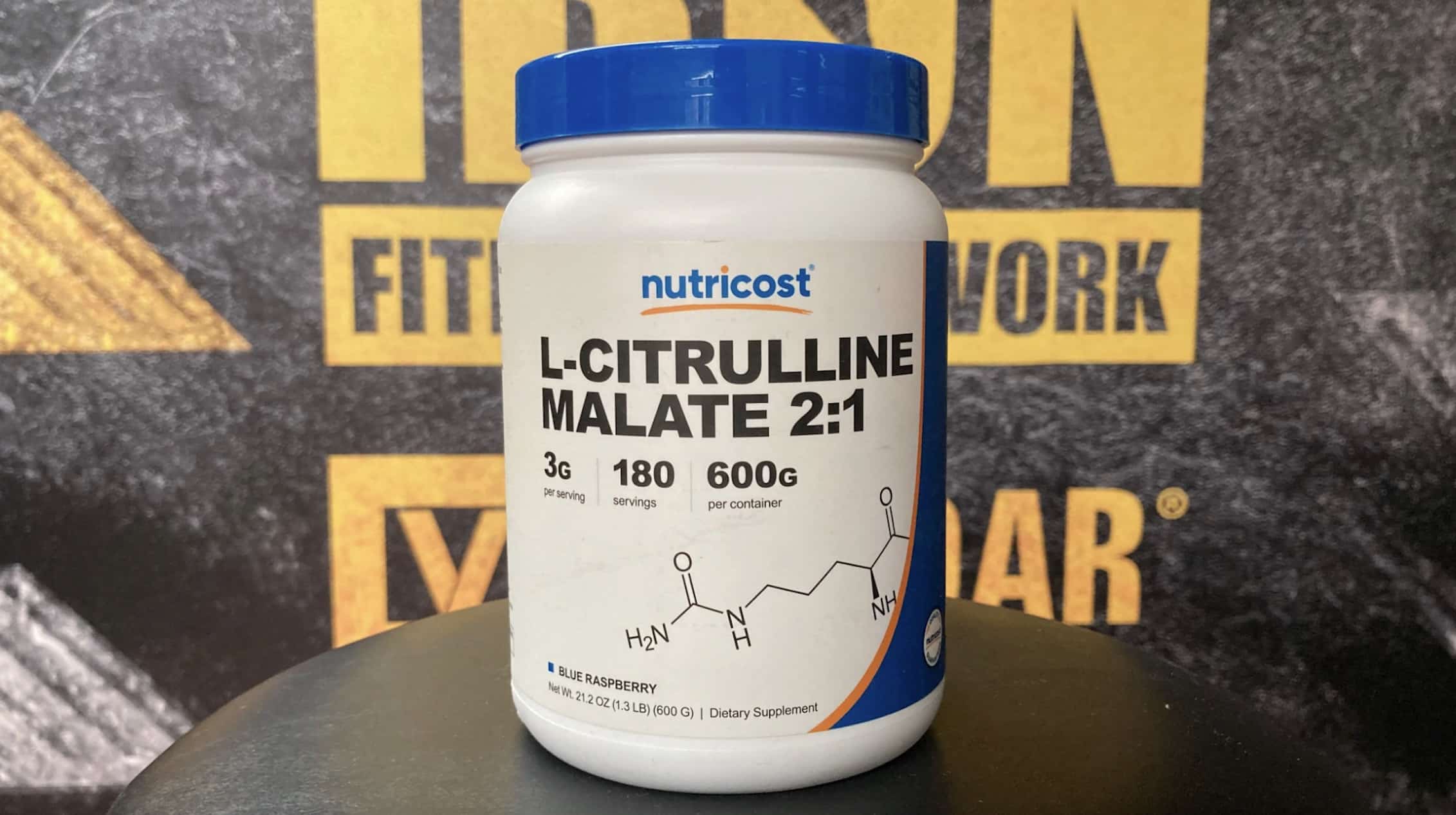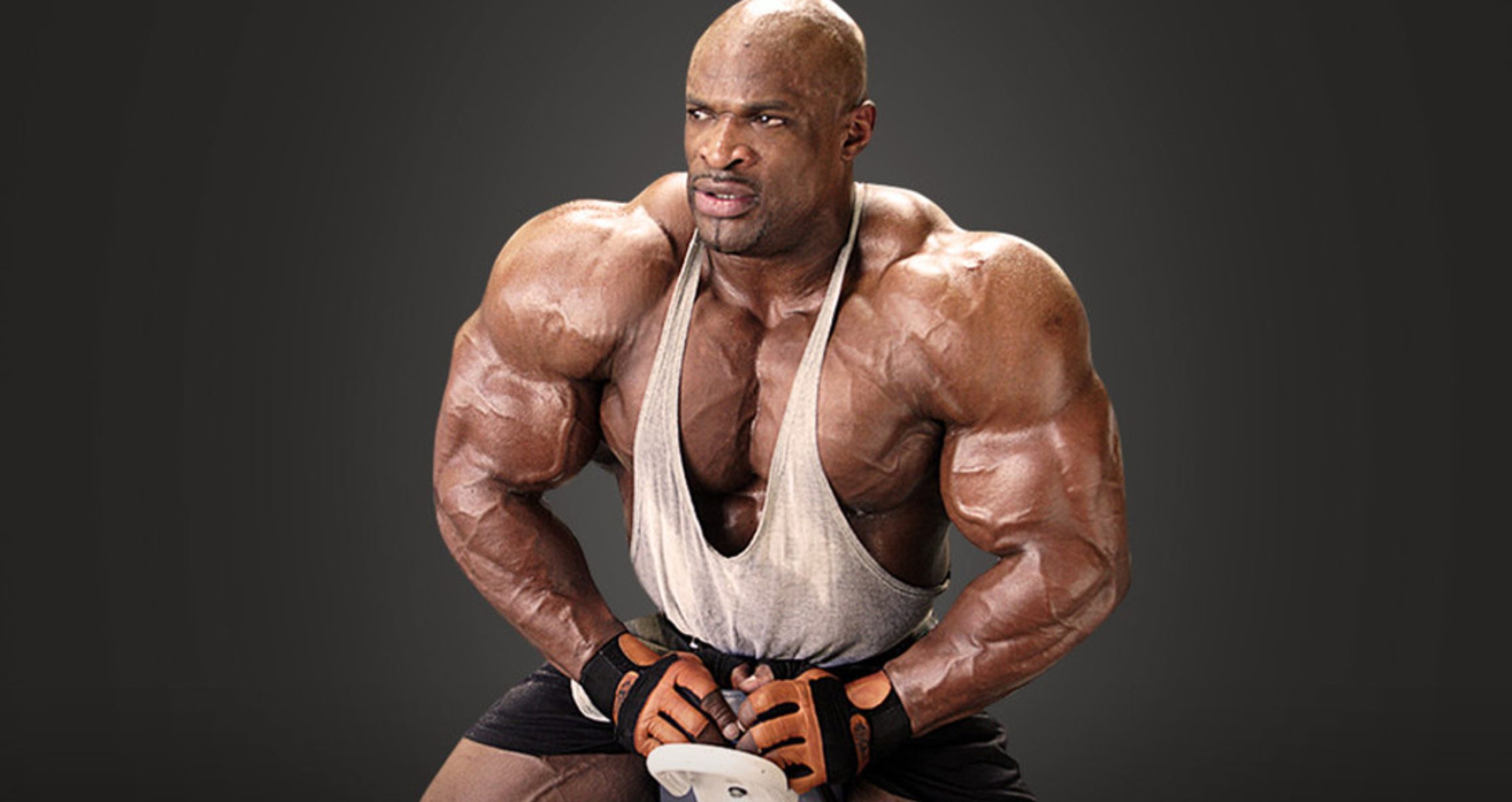Jeremy Buendia joins forces with Charjo Grant to prepare to dethrone the Men’s Physique Olympia champ.
A strong, aesthetically pleasing back is crucial for achieving your fitness and bodybuilding goals. It plays a vital role in supporting your posture, enhancing stability, and ability to train. Additionally, the strength of your back significantly impacts your overall physical power and prowess. That’s why we’ll look at Jeremy Buendia’s and Charjos Grant’s back workout in this article.
Jeremy Buendia, the athlete whose back workout we’ll be following here, is one of the most successful Men’s Physique bodybuilders. He dominated his Mr. Olympia category from 2014 to 2017 but hasn’t competed since 2018. He’s announced that he’ll make a play for the title this year, and this training is part of his preparations.
| Full Name: Jeremy Buendia | ||
| Weight | Height | Date of Birth |
| 183- 205 lbs | 5’8” | 10/10/1990 |
| Division | Era | Nationality |
| Men’s Physique | 2010s- Till Date | American |
View this post on Instagram
Buendia has an impressive back and V-taper and is a fan favorite. He teamed up with fellow Men’s Physique competitor Charjo Grant for this training. Charjo Grant is a three-time Mr. Olympia competitor serving in the United States Army. Through discipline and consistent hard work, he’s moved from a 12th-place Mr. Olympia finish to a 4th-place finish last year and plans to go even higher.
Charjo Grant is yet to get his qualification and plans to win the 2023 Daytona Pro to clinch the ticket. With Jeremy Buendia, Grant hits this back workout about ten weeks from the Olympia. Here’s an inside look at their back workout and how to use it to build solid posterior upper body muscles to improve your physique and training.
| Full Name: Charjo Grant | ||
| Weight | Height | Date of Birth |
| 205-235 lbs | 6’0” | 05/21/1985 |
| Division | Era | Nationality |
| Men’s Physique | 2010s- Till Date | American |
View this post on Instagram
Jeremy Buendia’s Back Workout
This collaboration includes seven exercises: rows, lat pulldowns, and pullovers. Both athletes teamed up for the training since they were in the same city and started with some warmups using resistance bands. This research shows that performance improves after doing an adequate warmup (1).
| Exercises |
| Neutral Grip Lat Pulldowns |
| Seated Cable Rows |
| Seated High Rows |
| Incline Dumbbell Rows |
| Reverse Grip Lat Pulldowns |
| Standing Cable Pullover |
| Seated Cable Low Rows |
Neutral Grip Lat Pulldown
The neutral grip lat pulldown is excellent for building a broad back. This routine works on your lats, teres major, traps, rhomboids, and biceps. Using a neutral grip for your lat pulldown helps to protect your wrist, unlike the pronated or supinated grip, and activates more of the biceps muscles.
Jeremy Buendia and Charjo Grant did sets of the lat pulldown using a close, neutral grip with weightlifting straps. The closeness of the grip keeps this exercise joint-friendly, so you can use it to build your back muscles without as much shoulder pain. They then set a drop to failure before heading to the following routine.
Seated Cable Rows
Seated cable rows are great for your upper body and build your lats, traps, rhomboids, and biceps. This exercise, however, also recruits leg muscles like your glutes and hamstrings for stability. And it also builds and strengthens core muscles like your abs and obliques (2).
Jeremy Buendia and Charjo Grant did multiple sets of seated cable rows on the cable machine. Seated cable rows can improve deadlifts because of the back activation involved.
Seated High Rows
Seated high rows are also great for your back muscles. This exercise is also a compound movement that builds your arms; you can do it bilaterally or unilaterally. Seated high rows are good because they attack your back muscles from a different angle, targeting more of the upper back.
Jeremy Buendia and Charjo Grant did multiple sets of seated high rows unilaterally. This helps to find and work on any muscle imbalances. It stops your stronger side from taking over from the weak side and doing the bulk of the work.
Incline Dumbbell Rows
The incline dumbbell row is an exercise that builds your upper body muscles. It works on your upper back, lats, and biceps. When doing this exercise, the bench angle ensures that it targets your lower lats.
Incline dumbbell rows also help you keep good form due to the incline of the bench. It doesn’t allow your other muscles to take over the work from your back muscles. Jeremy Buendia and Charjo Grant did multiple sets before their only superset of the day.
Superset Reverse Grip Lat Pulldowns and Standing Cable Pullovers
Reverse grip lat pulldowns build your biceps, lats, forearms, and upper back. Using a reverse grip for this routine emphasizes your forearms and biceps more. Standing cable pullovers work on your lats, rhomboids, and other back muscles.
Jeremy Buendia and Charjo Grant did a superset of reverse grip lat pulldowns and standing cable pullovers. You can use supersets to save time when doing multiple exercises during your training. This study shows that supersets induce muscle growth and hypertrophy (3).
Standing Cable Low Rows
Standing cable low rows focus on the muscles of your middle back, lats, and biceps. The low angle of this exercise emphasizes your lower lats. Standing for this movement activates the core, quads, glutes, and hamstrings to create a stable base for the exercise.
Jeremy Buendia and Charjo Grant did multiple sets of standing cable low rows to round up this back workout. Both men were gracious to each other throughout the training, even though they were working to win the same prize. They’re both putting in a lot of effort to prepare in time for the competition. Who will come out on top?
You can see Jeremy Buendia’s and Charjo Grant’s full back workout below:
Follow us on Instagram, Facebook, and Twitter for more inside look into bodybuilding workouts!
References
- Fradkin, A. J., Zazryn, T. R., & Smoliga, J. M. (2010). Effects of warming-up on physical performance: a systematic review with meta-analysis. Journal of strength and conditioning research, 24(1), 140–148. https://doi.org/10.1519/JSC.0b013e3181c643a0
- Saeterbakken, A., Andersen, V., Brudeseth, A., Lund, H., & Fimland, M. S. (2015). The Effect of Performing Bi- and Unilateral Row Exercises on Core Muscle Activation. International journal of sports medicine, 36(11), 900–905. https://doi.org/10.1055/s-0034-1398646
- Iversen, V. M., Norum, M., Schoenfeld, B. J., & Fimland, M. S. (2021). No Time to Lift? Designing Time-Efficient Training Programs for Strength and Hypertrophy: A Narrative Review. Sports medicine (Auckland, N.Z.), 51(10), 2079–2095. https://doi.org/10.1007/s40279-021-01490-1
